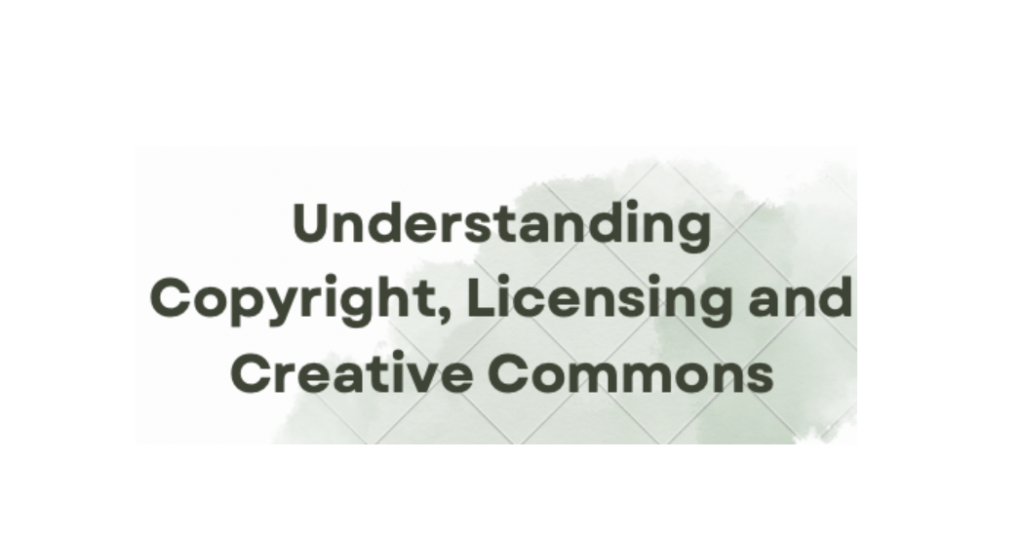Open Pedagogy
Feature Photo by Michelle Pacansky-Brock on Unsplash

An educational strategy known as “Open Pedagogy” places a strong emphasis on accessibility, inclusion, and teamwork. With Open Pedagogy, teachers are positioned as facilitators who assist students in jointly exploring and creating knowledge, in contrast to traditional systems where educators are the primary knowledge bearers. It encourages students to use open educational resources (OER), which let them freely access, alter, and exchange materials.
By offering students control over their education, encouraging collaboration and communication skills, and allowing them to participate in scholarly discussions, this method gives students a sense of empowerment. Teachers gain from professional development chances by working together and exchanging resources, which enables them to modify materials for different educational environments.
Reflecting on my personal experiences, I can see how cooperative learning initiatives, like our most recent group projects, have improved my comprehension of ideas like Universal Design for Learning (UDL). Discussing these concepts with others has been quite beneficial. By incorporating theories from our course, such constructivist learning principles, it becomes clear how Open Pedagogy, which emphasises critical thinking and active learning, fits nicely with modern educational objectives.
The concepts of Open Pedagogy are further illustrated in the video by Jessica Kruger, where she discusses its impact on student engagement.
The Role and Impact of OER
Because they offer free, flexible, and easily accessible learning resources, Open Educational Resources (OER) are revolutionising the educational environment. Both teachers and students gain from their ability to be shared, altered, and reused. One of OER’s biggest benefits is its capacity to lower the price of educational resources, which makes learning more accessible to students who might not otherwise be able to buy pricey resources or textbooks.
OER has given me the opportunity to study a range of publicly accessible viewpoints and resources for my own education. I can access excellent resources outside of the regular curriculum, which encourages self-directed study. OER also encourages cooperation because it allows both teachers and students to edit and improve already-existing materials, resulting in a more vibrant and welcoming classroom.
By eliminating the financial obstacles frequently connected to education, OER promotes accessibility and equity. OER guarantees that all students, regardless of socioeconomic situation, have access to high-quality learning materials by offering free, customisable resources. This democratisation of information promotes a more diverse, international learning community and aids in closing the educational gap.
As visually demonstrated in the video below, it gives an introduction to the key steps on finding and using OER.
Global Trends in OER
Government Assistance for Open Educational Resources:
- OER projects are being funded and supported by nations including the US, Canada, and South Africa in an effort to lower educational expenses and promote innovation.
- Programs supported by the government encourage educational institutions to embrace and create open resources, lowering the cost of education.
Platforms for Collaborative OER:
- Globally accessible educational resources are made available through UNESCO’s OER project and websites like OpenStax and OER Commons.
- By allowing institutions to adapt materials for cultural relevance, these platforms promote global cooperation and educational inclusion.
Digital Infrastructure:
- OER’s utility and reach are limited in some areas by a lack of internet connection, especially in poor nations.
- Although there are growing solutions, such providing offline access to materials, digital access is still a major obstacle.
This article highlights that impactful global trends in Open Educational Resources (OER) include the growing institutional adoption across countries like India and Malaysia, where initiatives are being implemented to promote affordable educational access. However, challenges such as limited digital access, insufficient OER in local languages, and the need for educator training present both obstacles and opportunities for enhancing educational equity and quality through OER initiatives.
Understanding Creative Commons Licensing
Feature Photo by Simone Aliprandi on Unsplash

Creative Commons (CC) licensing is crucial in the realm of Open Educational Resources (OER). It empowers educators to share and adapt materials responsibly while ensuring creators receive credit for their work. For instance, if I create a lesson plan using a CC BY license, others can freely adapt it for their classrooms. This might mean a fellow teacher takes my plan and adds local examples or activities tailored to their students’ needs. By sharing resources this way, we foster a collaborative spirit in education. Understanding CC licenses not only enhances my work but also contributes to a more open and accessible learning community.
Attributes of Open Pedagogy
By designing group projects where students co-create resources and are encouraged to discuss their many viewpoints, I can promote teamwork. By being transparent about my syllabus and grading standards, I can help students understand how they can succeed. Lastly, a student-centered approach makes learning more relevant by allowing students to assist in creating evaluations based on their interests. By fostering a more welcoming and active learning environment, these strategies enable every student to participate actively in their education.
According to the article, Open Educational Resources (OER) have transformed learning and teaching by establishing a rationale for “open pedagogy” and identifying eight key attributes grounded in openness and Open Educational Practice (OEP). These attributes help educators navigate the challenges posed by participatory technologies and promote creative, inclusive communities in the evolving “OEPosphere.” As David Wiley notes, “you should never use ‘open’ as an adjective unless you can clearly describe how the ‘open’ thing differs from the normal thing” (Wiley, 2014).